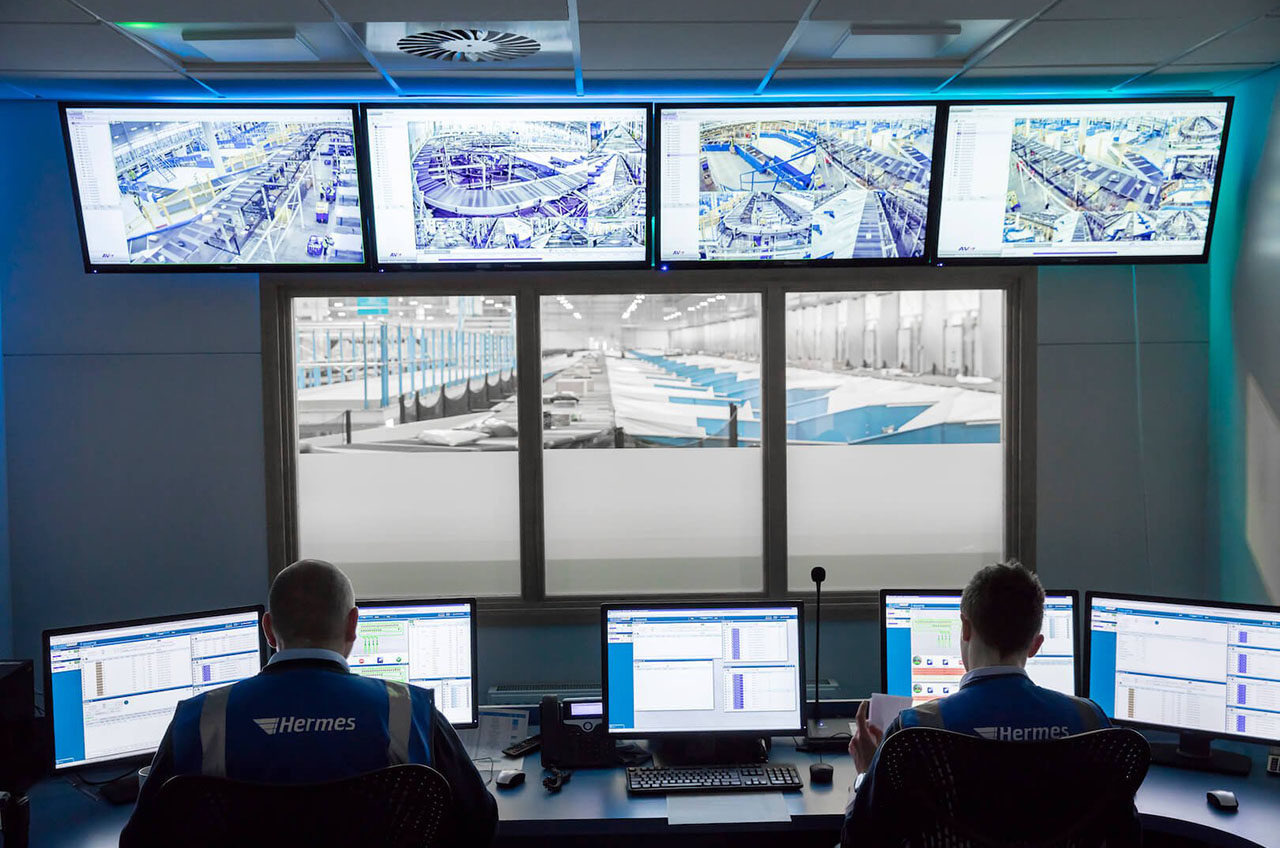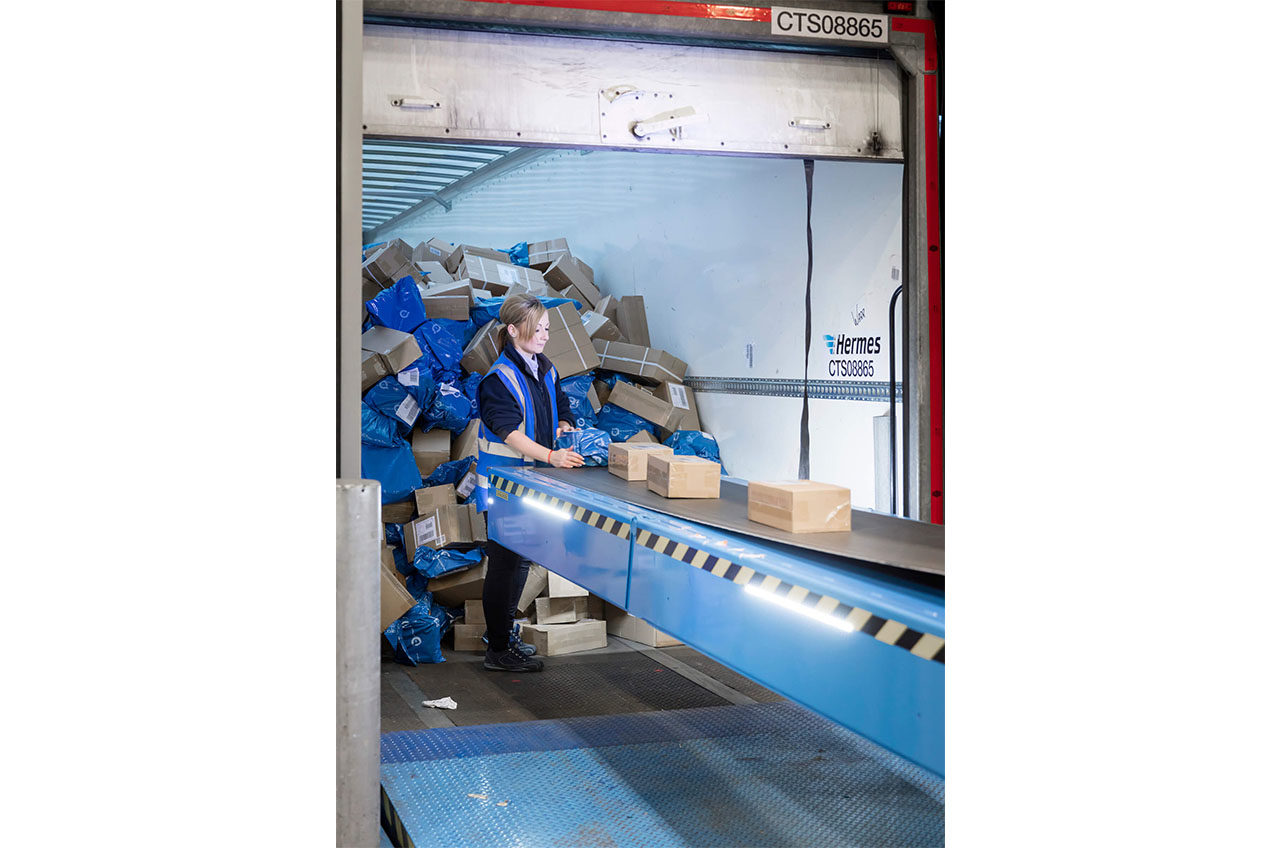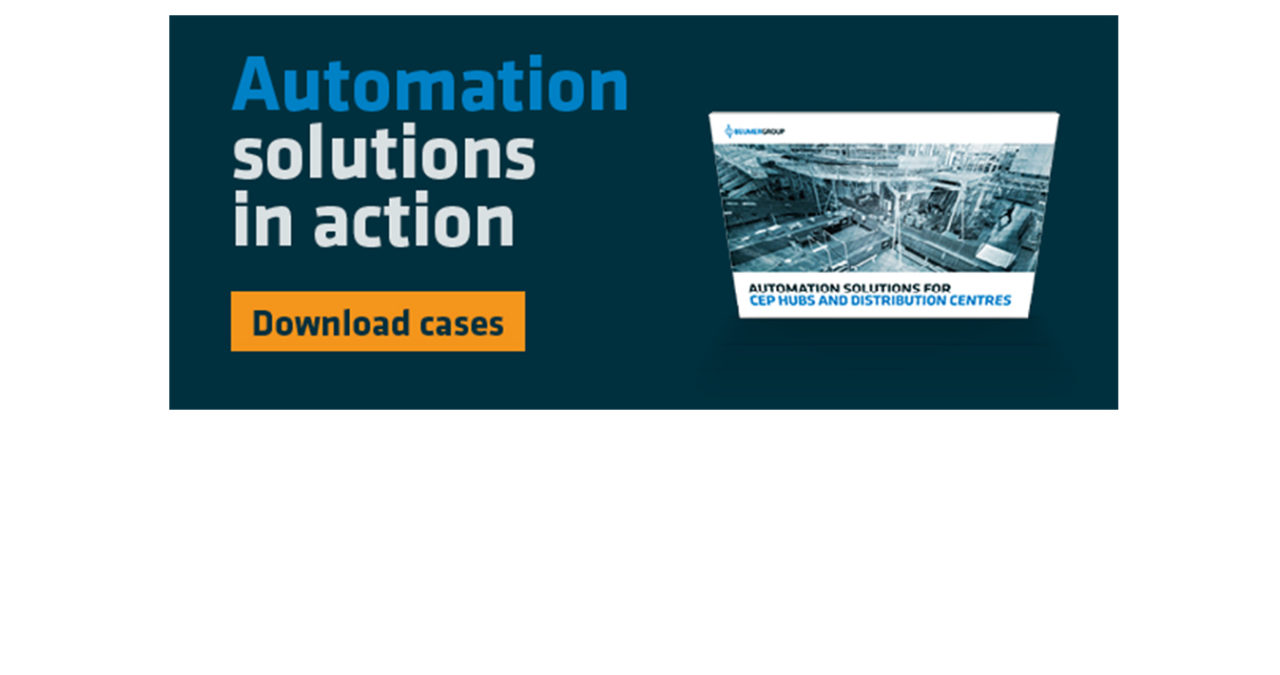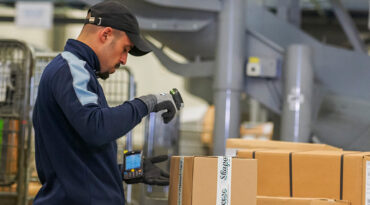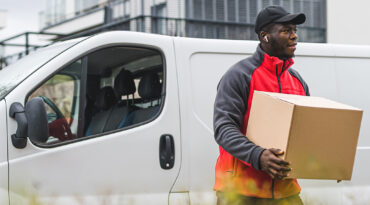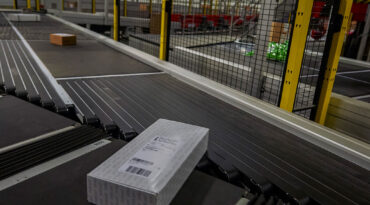By Brian Jones
How does the dramatic global rise of e-commerce affect CEP companies?
It depends on who you ask.
Even some major players have observed the increase in parcels with mostly frustration and concern. They have seen an until then familiar market change in front of their eyes. From a letter-heavy industry into a new landscape based on parcels that didn’t perhaps suit the strengths of the company.
Others have been able to welcome the changing waters rather opportunistically almost with open arms. And maybe even, with some investments in new technologies and facilities, take advantage of a new situation and thrive in it.
The German parcel delivery giant Hermes falls directly into the latter category.
In 2017, the company revealed its new sensational hub: Hermes Midlands Super Hub in Rugby. A spectacular site that arrives with an unmistakable statement: We are ready to dominate in the parcel age.
45 percent increase in processing capacity
The German consumer delivery specialist is no stranger to double-digit growth on a yearly basis. In general, Hermes has done well with the rise in e-commerce. And yet, the new site in Rugby represented the company’s boldest investment yet.
As the gates opened to the 140,000 m2 distribution centre, it represented what has turned out to be an increase in processing capacity by a staggering 45 percent in the UK for the company.
How did Hermes pull off such a spectacular increase? The answer is a new automated system.

